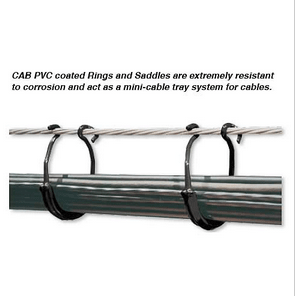ChangeOrder
Structural
- Mar 26, 2022
- 13
I have a cable bundle on a solar farm running thru a CAB support system. I have seen the quarion of 1.2*sqrt(D^2*number of cables in bundle). Can anyone tell me where this equation came from? Also, would it be realistic to use this to determine the diameter of a cable bundle if it is not a tightly packed cable bundle. Ulimately, i am trying to determine ice load on the cable bundle. Thanks!

